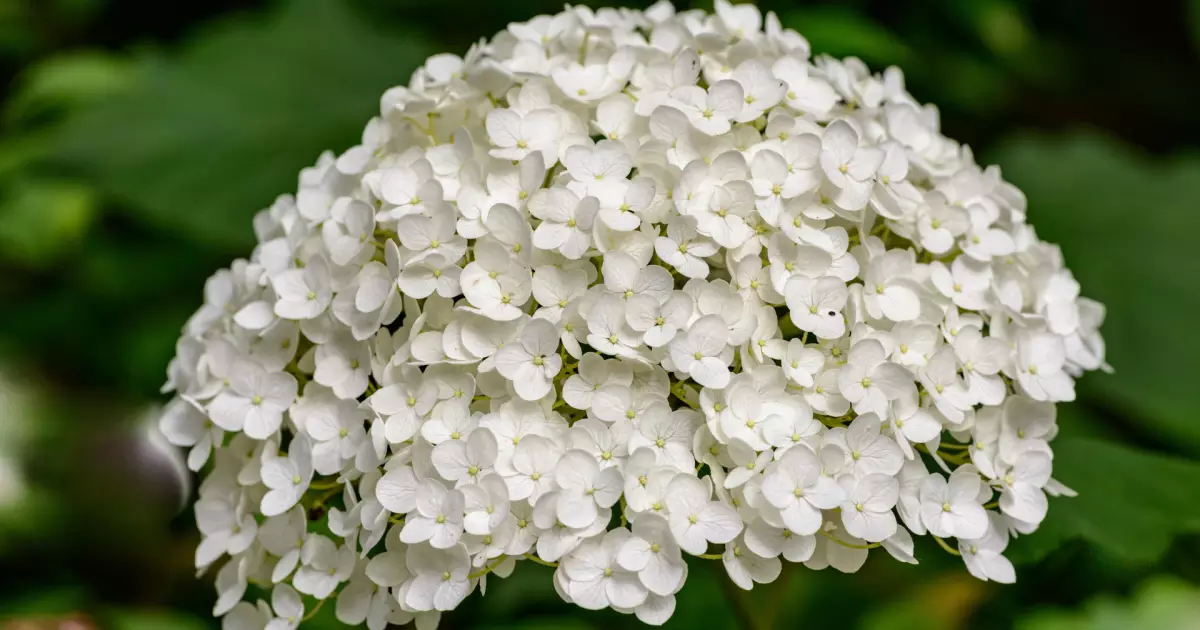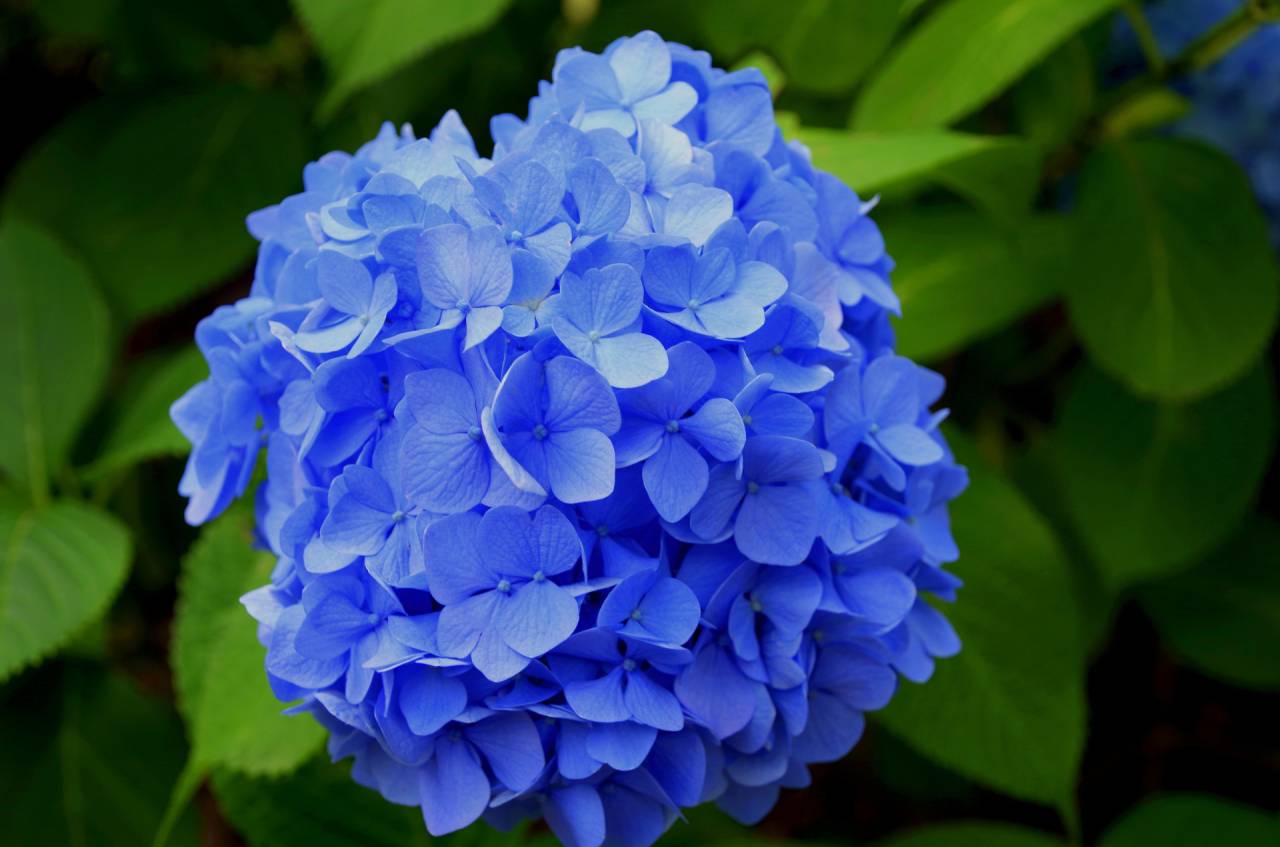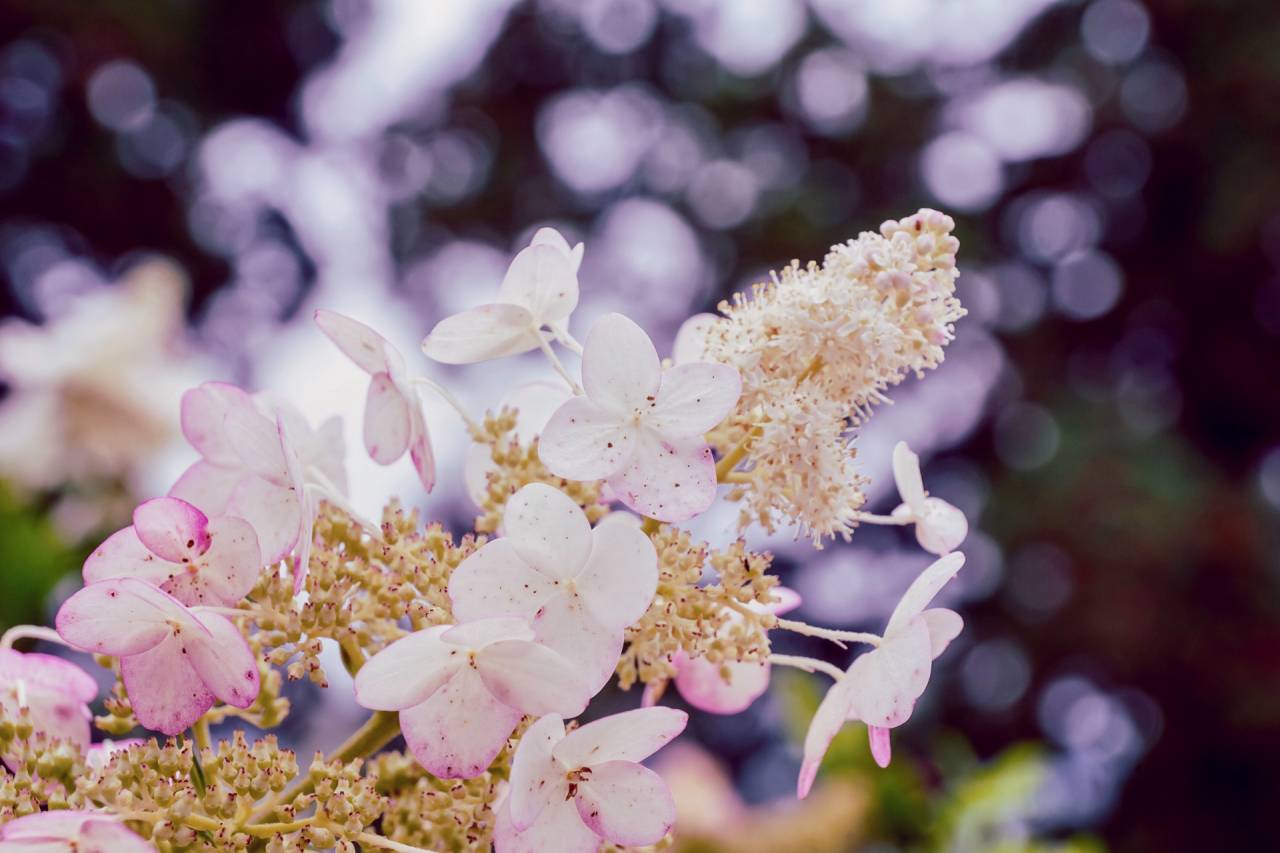Hydrangea Care: Tips for Growing and Maintaining Beautiful Hydrangeas
Hydrangeas are popular flowers that come in a variety of colors and can brighten up any garden or landscape. However, if you want your hydrangeas to thrive and bloom beautifully, it’s important to understand their unique needs and how to care for them properly. In this blog post, we’ll cover everything you need to know about hydrangea care, including soil, watering, pruning, and common problems.
What type of soil do hydrangeas like?
Hydrangeas prefer a rich, well-draining soil that is slightly acidic. A pH range of 5.2 to 6.2 is ideal for most hydrangeas. If your soil is too alkaline, the flowers may turn pink instead of blue. To make the soil more acidic, you can add organic matter such as peat moss, compost, or coffee grounds.
How often should you fertilize hydrangeas?
Hydrangeas benefit from regular fertilization during their growing season, which is typically from early spring to late summer. You can use a balanced fertilizer or a fertilizer specifically designed for hydrangeas. Be sure to follow the instructions on the package, as over-fertilizing can lead to leaf burn or poor growth.
How much water do hydrangeas need?
Hydrangeas require regular watering, especially during hot, dry weather. They prefer moist soil but can be sensitive to overwatering. Water deeply once or twice a week, depending on the weather and soil conditions. Avoid getting water on the leaves, as this can encourage fungal diseases.
Can you water hydrangeas with tap water?
Most tap water is safe for hydrangeas, but if your water is particularly hard or alkaline, it may affect the color of the flowers. If you’re concerned about this, you can use rainwater or distilled water instead.
When should you prune hydrangeas?
The best time to prune hydrangeas depends on the type of hydrangea you have.
For mophead and lacecap hydrangeas (Hydrangea macrophylla), prune them in late winter or early spring before new growth appears. Remove any dead or damaged wood, and cut back last year’s growth to a healthy pair of buds.
For panicle hydrangeas (Hydrangea paniculata), prune them in late winter or early spring before new growth appears. Cut back last year’s growth to a healthy pair of buds, leaving the top of the plant intact.
For oakleaf hydrangeas (Hydrangea quercifolia) and smooth hydrangeas (Hydrangea arborescens), prune them after they bloom in late summer or early fall. Remove any dead or damaged wood, and cut back last year’s growth to a healthy pair of buds.
Why are my hydrangeas not blooming?
If your hydrangeas are not blooming, there may be several reasons. One common cause is improper pruning. If you prune your hydrangeas at the wrong time or too severely, you may remove the buds that would have produced flowers. Another common cause is improper fertilization. If you over-fertilize your hydrangeas with nitrogen, you may encourage leafy growth at the expense of flowers. Finally, environmental factors such as temperature and sunlight can also affect bloom production.
Categories: Advice, Seasonal, Gardening | Authored by: RE DESIGN | Posted: 04/10/2023


